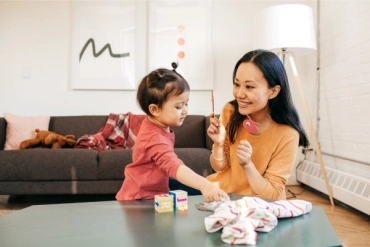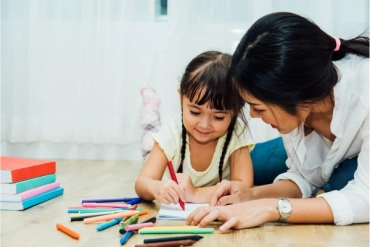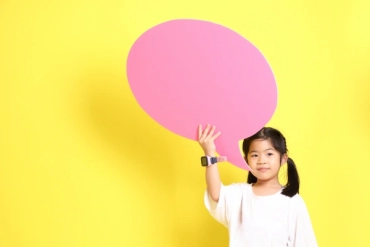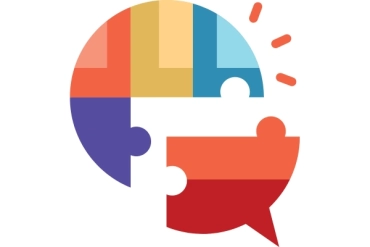Prompts Hierarchy
Prompts hierarchy may sound like a complicated concept, but in practice it’s really very simple: Basically, it involves providing different levels of assistance in completing a task. You start with the highest level of help and gradually decrease the amount of aid given as the learner becomes more independent.
In other words: It’s scaffolded learning.
This approach has been extremely useful for educators and therapists in various fields. It’s used to guide someone into completing a task or trying a new skill.
How Does Prompts Hierarchy Work?
Well, there are three general levels of help to prompts hierarchy. In descending order of the help provided: Full prompts, partial prompts, and minimal prompts. Let’s break down each one of them.
Prompts Hierarchy Stage 1: Full Prompt
In this prompt, you physically demonstrate the task and help the child to complete it. For example, when tying their shoelaces, you would show them how to do it and say, “First, cross the left shoelace over the right. Now, tuck it under the loop.”

Prompts Hierarchy Stage 2: Partial Prompt
This prompt still requires a bit of active help on your part, but the child will work with you rather than you doing the work for them. Instead of demonstrating how to tie the shoelace, you’d ask a question to prompt the child’s memory, “What do we do with the right shoelace first?”

Prompts Hierarchy Stage 3: Minimal Prompt
At this point, the child’s skill should have increased to the point where they’re almost able to complete the task by themselves. You’re there only to support them on the off-chance that they can’t, so you’d offer a nonverbal smile or nod to encourage your child to try independently.

What Are The Types Of Prompts?
Physical Prompts
A physical prompt could be holding the child’s hand as they tie their shoes. The idea is that you would physically guide the learner’s body through the motion of the task.
Verbal Prompts
These are instructions or verbal cues to encourage the learner. You’d ask, “What do we do first?” or “Are you sure that’s the right step?”
Visual Prompts
These could be diagrams, pictures or demonstrations that show the learner what they have to do. Similarly, these serve as guides that visually represent instructions to the learner.
Gestural Prompts
Often, these are reserved for the minimal prompting stage: A nod, smile or gesture of encouragement. The idea is to encourage the learner to perform the task independently.
What Are The Benefits Of Prompts Hierarchy?

Supports Learning
The scaffolding helps the child to properly and deeply absorb the information offered. This allows for effective learning that builds skills gradually. Eventually, they’re able to complete the task independently and the knowledge gained stays in their long-term memory.

Boosts Confidence
Prompts hierarchy is designed to set the learners up for success. When they are able to finish each task with gradually decreasing prompting, this inspires a sense of confidence. Their boost in self-esteem also contributes to a sense of intrinsic motivation to keep doing the task well.

Promotes Independence
The ultimate goal of all learning is to empower the learner to independence. Prompts hierarchy effectively achieves this because it withdraws support at a gradual pace that suits the learner. Eventually, the learner becomes self-sufficient and is able to complete the task by themselves.

Adapts to Individual Needs
The level of prompting can be easily adapted to suit the learner’s needs and challenges. This self-paced learning ensures that every child receives the appropriate amount of support, so they are all able to enrich their learning.

Improves Problem-Solving Skills
The gradual withdrawal of support in prompts hierarchy encourages children to think for themselves and figure out how to complete the task without adult assistance. This teaches them to overcome challenges and approach new situations with confidence.
